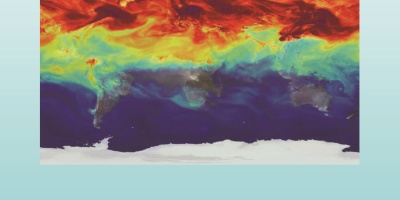In efforts to limit carbon emissions, schemes have been developed which aim to allocate a ‘fair share’ of GHG emissions to individuals, businesses or nations. When the allocated allowed emissions are priced, permits to emit can be traded for entities in a carbon market at global, local or industry-wide scales. Some carbon markets are already in place. The EU Emissions Trading System, for example, follows the ‘cap and trade’ principle whereby a total amount of certain GHGs within the system can be emitted is limited and reduced over time. Companies receive or buy permits and can trade these among themselves. In theory, this should result in a situation where emission reductions are made where they are cheapest to accomplish. Offsetting of carbon emissions involves balancing a certain quantity of emitted GHG with an equivalent reduction of carbon dioxide in the atmosphere via mechanisms such as planting forest, avoiding deforestation, or putting in place energy-saving technologies. Carbon markets have been criticised by those who argue that the total carbon budget is often set too high (and the consequent price of carbon too low), that the risk of fraud is significant, and that these markets may give rise to complex financial derivatives which can lead to speculative booms and busts. Proving ‘additionality’ – that the forest planting, avoided deforestation or energy saving technology – would not have occurred in the absence of carbon financing is also difficult. The ‘contraction and convergence model’ of carbon rationing follows a ‘fair shares of less’ principle – whereby people in developed countries would need to reduce their emissions (contract) and those in developing countries may increase theirs to the point where everyone emits equally (converge).

















